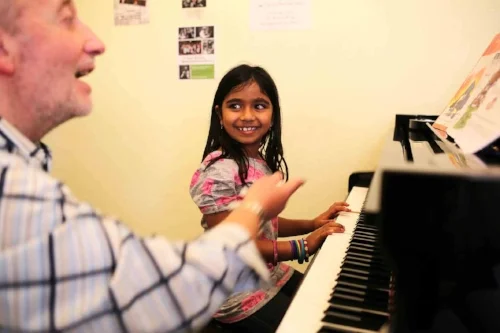Regardless of age, ability or performance medium, practicing can sometimes feel like a chore. The difference between “making music” and wrestling to bring a piece of music under our control can be painful and frustrating. Fortunately there are some time-tested ways to close that gap, making the process of practicing music more enjoyable.
Performance Practice: The Young Performer
The claim that public speaking tops death as the greatest human fear led Jerry Seinfeld to say, “So if you go to a funeral, you’re better off in the casket than giving the eulogy.” Now consider how much more terrifying the public performance of music must be - hundreds of eyes and ears trained on a single person as he or she makes a complex instrument speak in what amounts to a foreign language.
How to Support Your Child’s Music-Making at Home
Using Chords to Create Music
Chords are the basic notes that make up a harmonious sound. They can often be heard together or directly after each other in some sort of a rhythmic arrangement. They are usually made up of a root note, which also tells you the key signature the song is in. Chords can then have a closing note, which is the last note of the chord. Everything that is played in between is what makes the chord what it is and uniquely set aside from any other chord.






